In Newfoundland and Labrador, Canada, a metal detectorist named Edward Hynes unearthed the oldest known gold coin in Canada on a provincial beach. This coin, dating back to between 1422 and 1427, is reshaping our understanding of European exploration in North America.
“It was so bright yellow and really thin, and I wasn’t thinking it was a gold coin. I was thinking it was almost like a tag from something or a button, or something like that,” Hynes told SaltWire.
An Unexpected Find by Edward Hynes

Hynes, while metal detecting in the summer of 2022, came across a unique item that he initially mistook for a button or tag. He described his find as “interesting,” despite his limited knowledge of English medieval coins.
“I knew it was something cool,” he told SaltWire. “It looked interesting to me, but of course I know nothing of English medieval coins. It’s not something that I have looked into before and I knew nothing of hammered coins. The first thing I noticed was the fleur-de-lis and then the shield, and I thought it was interesting.”
Government Acknowledgment

Following his discovery, Hynes contacted the provincial government as required by the Historic Resources Act. This legislation ensures that historical artifacts found within Newfoundland and Labrador’s borders are protected, CBC News reports.
Minister Steve Crocker of Tourism, Culture, Arts, and Recreation recognized Hynes’ contribution, saying in a government news release, “I commend Mr. Hynes for recognizing the importance of protecting Newfoundland and Labrador’s heritage resources by reporting his discovery of this very rare artifact, and I encourage others to follow his example.”
The Coin’s Identity and Historical Significance
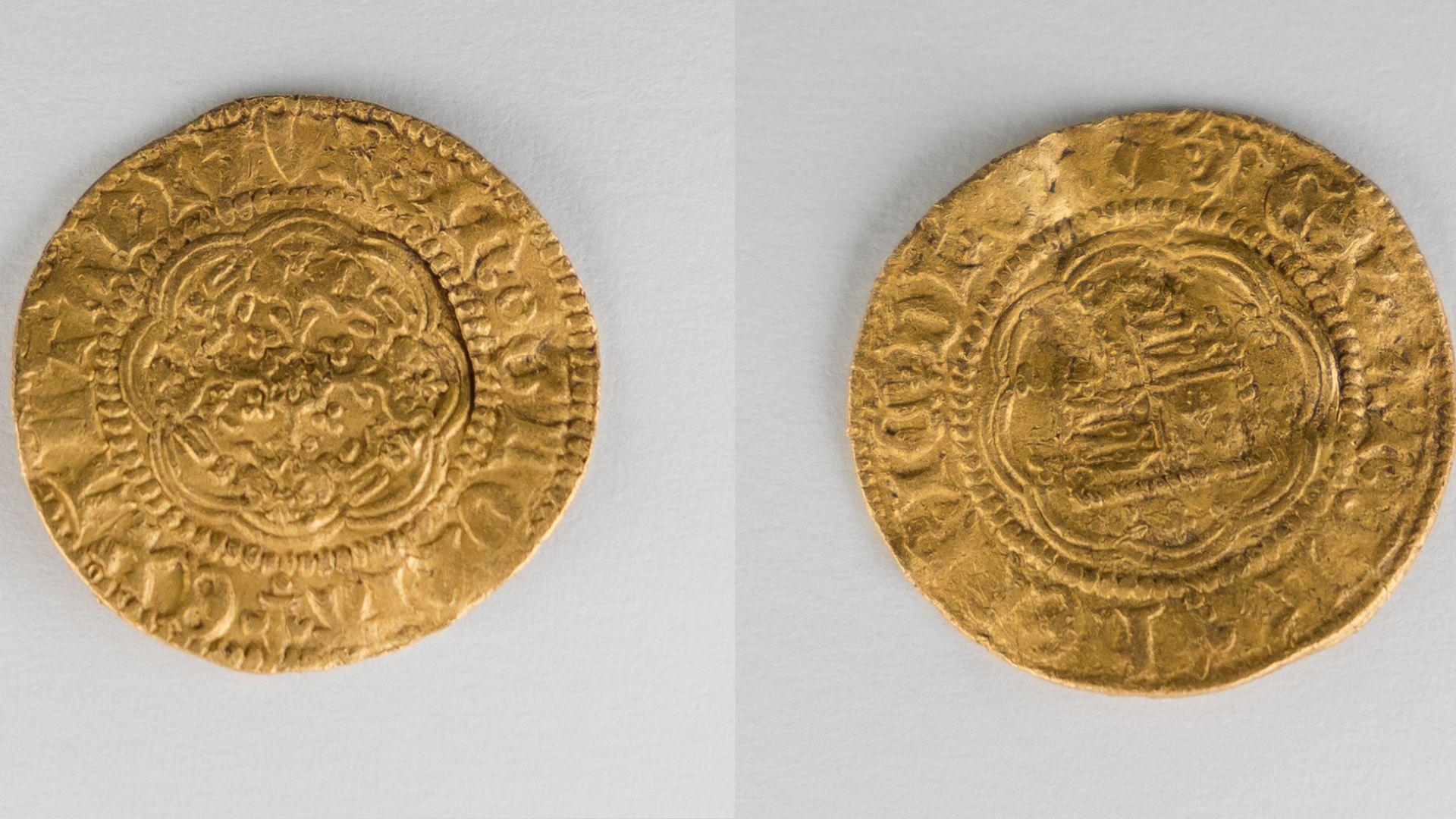
The coin was identified as a King Henry VI quarter noble, minted between 1422 and 1427. Paul Berry, a former curator of the Bank of Canada’s Currency Museum, confirmed this.
Its discovery raises questions about the timeline of European settlement in North America, suggesting earlier contact than previously believed. The coin’s excellent condition was noted, with archaeologist Jamie Brake telling CBC News, “It came out of the ground looking like it had been minted yesterday.”
Secrecy Surrounding the Discovery Site

CBC News reports that in order to protect the integrity of the discovery site, the exact location where the coin was found is being kept confidential.
Jamie Brake, an archaeologist, said, “We’re trying to be really vague about the location,” acknowledging the site’s proximity to a registered archaeological site dating back to the 1700s. This measure is to ensure the site’s security and potential for future research.
Challenging the Historical Timeline
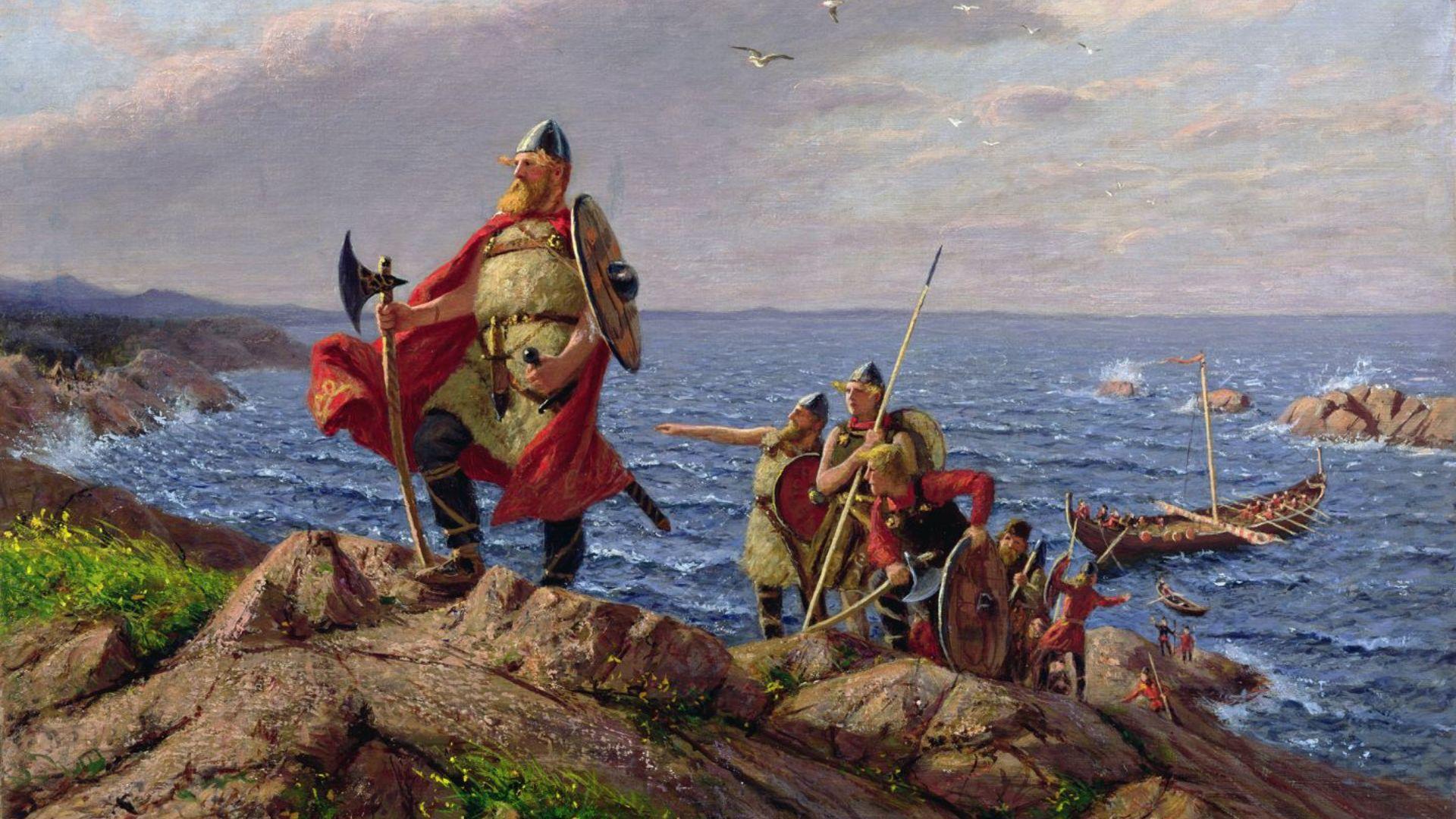
This coin discovery challenges the accepted history of European exploration in North America. Previously, it was believed that Norse explorer Leif Erikson was the first European to visit North America over 1,000 years ago, in 1001 AD, a fact supported by evidence of a Norse settlement at L’Anse aux Meadows, as per information from Abandoned Spaces.
Following Erikson, John Cabot was recorded as the next European explorer to arrive in Newfoundland in 1497. However, this coin, predating Cabot’s expedition by 70 years, potentially suggests a different story.
Comparing Historical Finds
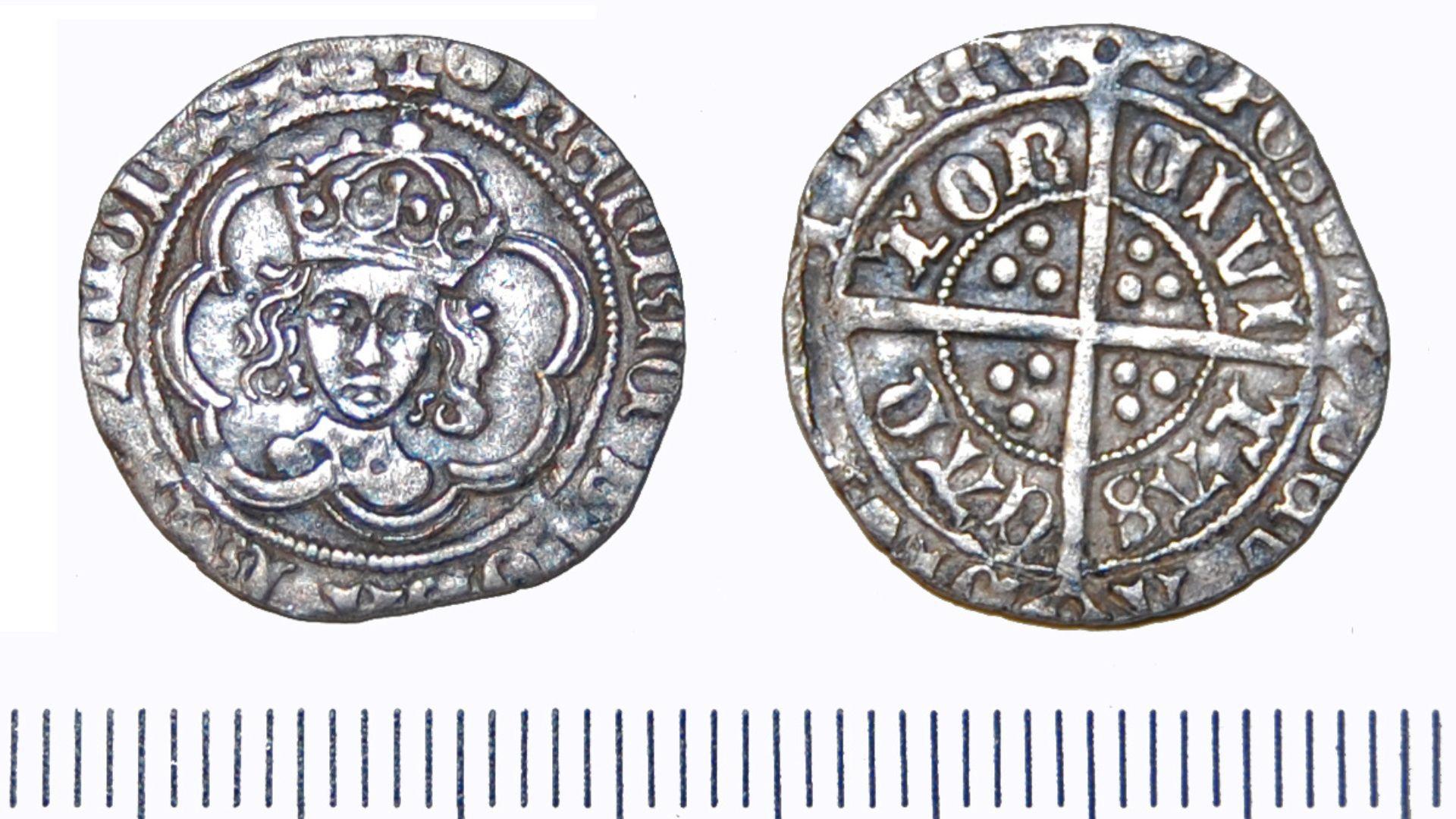
CBC News explains that before this find, the oldest known English coin in Canada was a “half groat” discovered at the Cupids Cove Plantation provincial historic site in 2021, dating back to the 1490s.
This new discovery, a quarter noble from the 1420s, predates the half groat by several decades.
The Coin’s Monetary and Historical Value
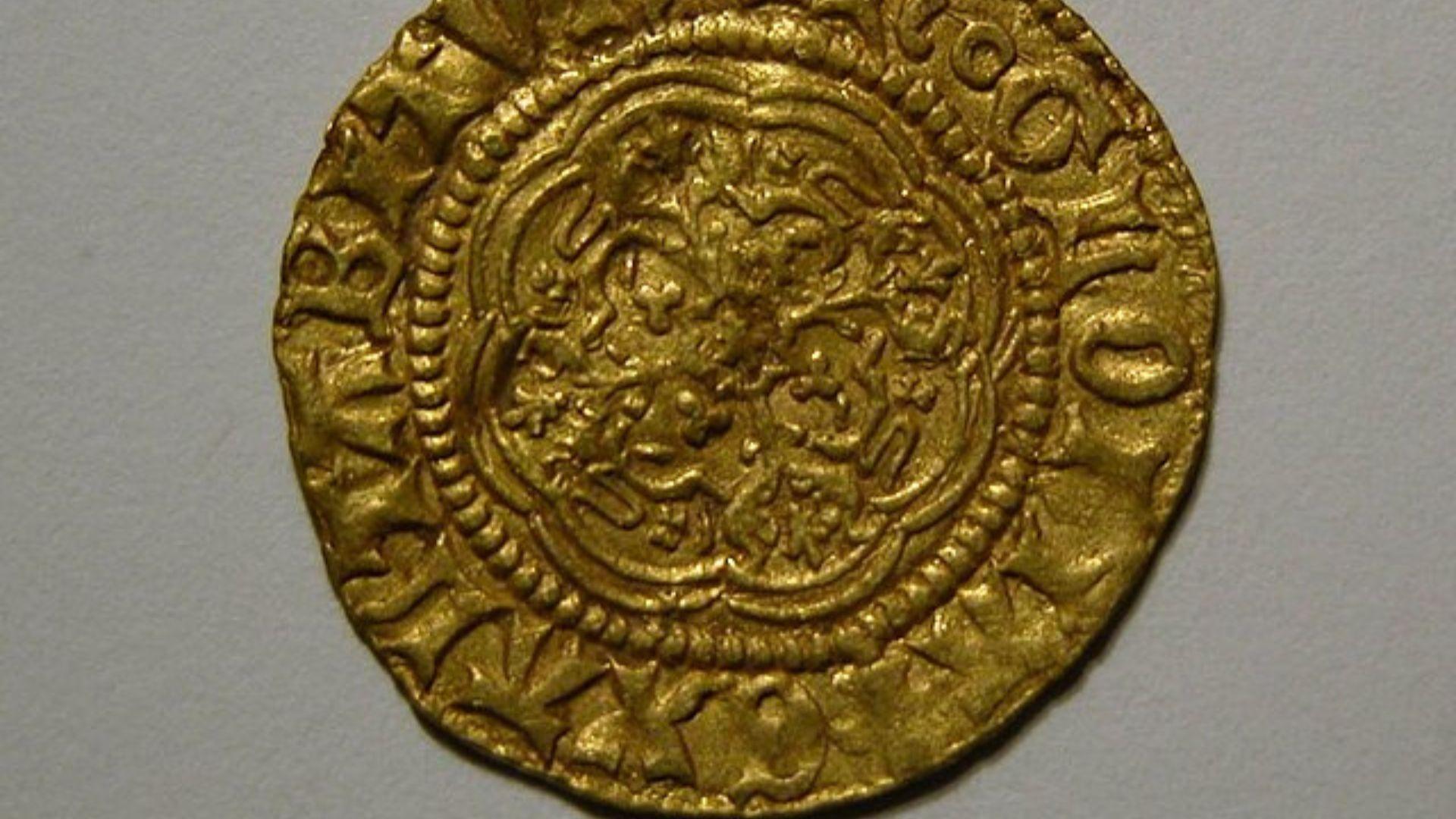
CBC News reports that the quarter noble coin, minted between 1422 and 1427, had significant value during its time, equivalent to one shilling and eight pence, roughly $81 today.
While its monetary value was considerable in the 1400s, its historical worth is immeasurable, offering a rare glimpse into a period that predates regular European contact with Newfoundland.
The Coin’s Arrival in Newfoundland: A Historical Mystery
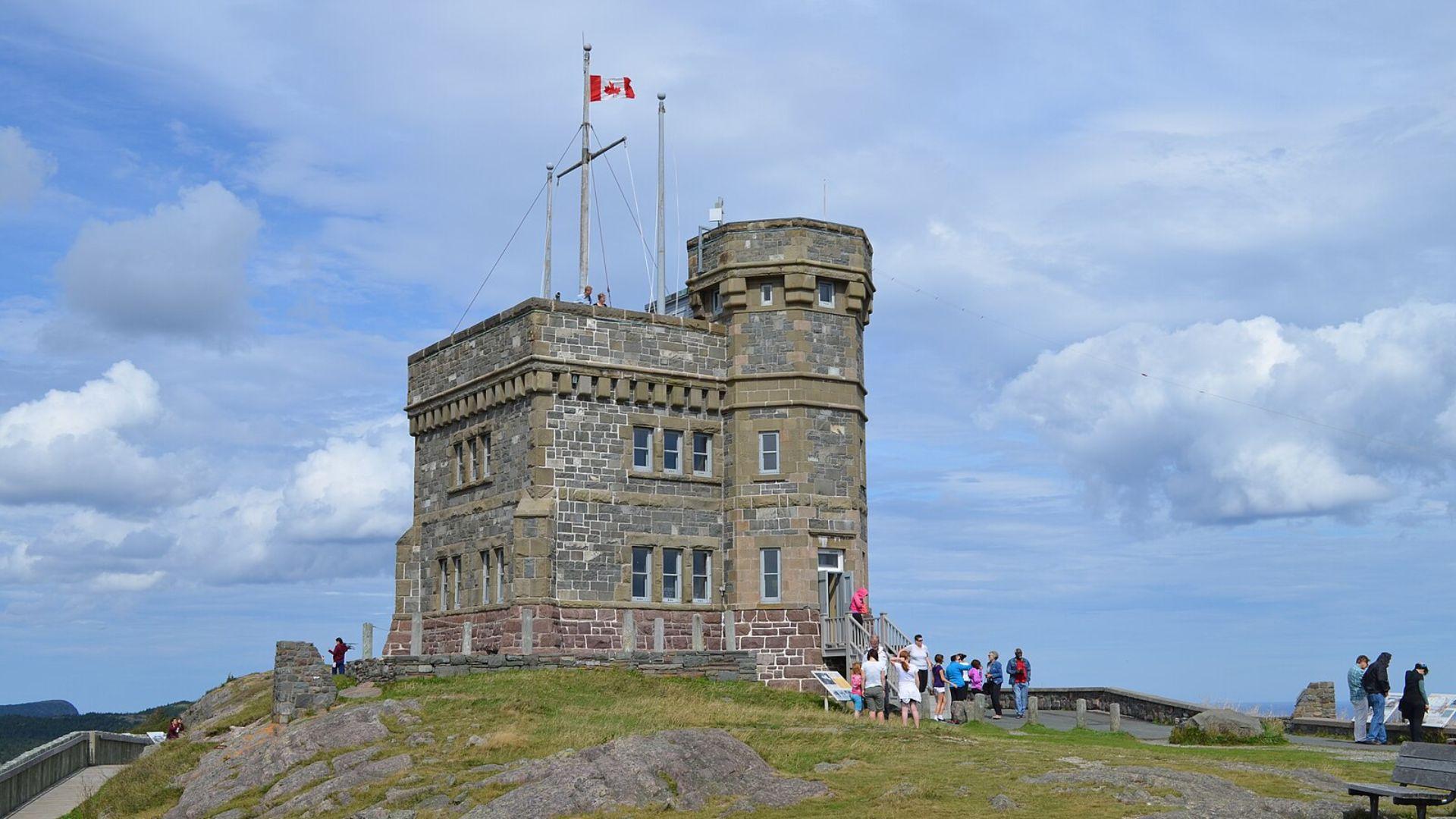
The presence of this medieval English coin in Newfoundland presents a historical conundrum. It predates known English exploration and settlement in the region, raising questions about its journey to North American shores.
This mystery deepens our understanding of pre-16th century European presence in the region, as indicated by Brake’s comments to CBC News: “There’s been some knowledge of a pre-16th century European presence here for a while, you know, excluding Norse and so on.”
Future Investigations and Public Display

The coin’s discovery has sparked interest in further archaeological investigations at the site. Plans for a more formal excavation are being considered.
Meanwhile, CBC News reports that the coin is expected to be displayed at The Rooms museum in St. John’s, available for public viewing.
The Coin’s Impact on Historical Understanding
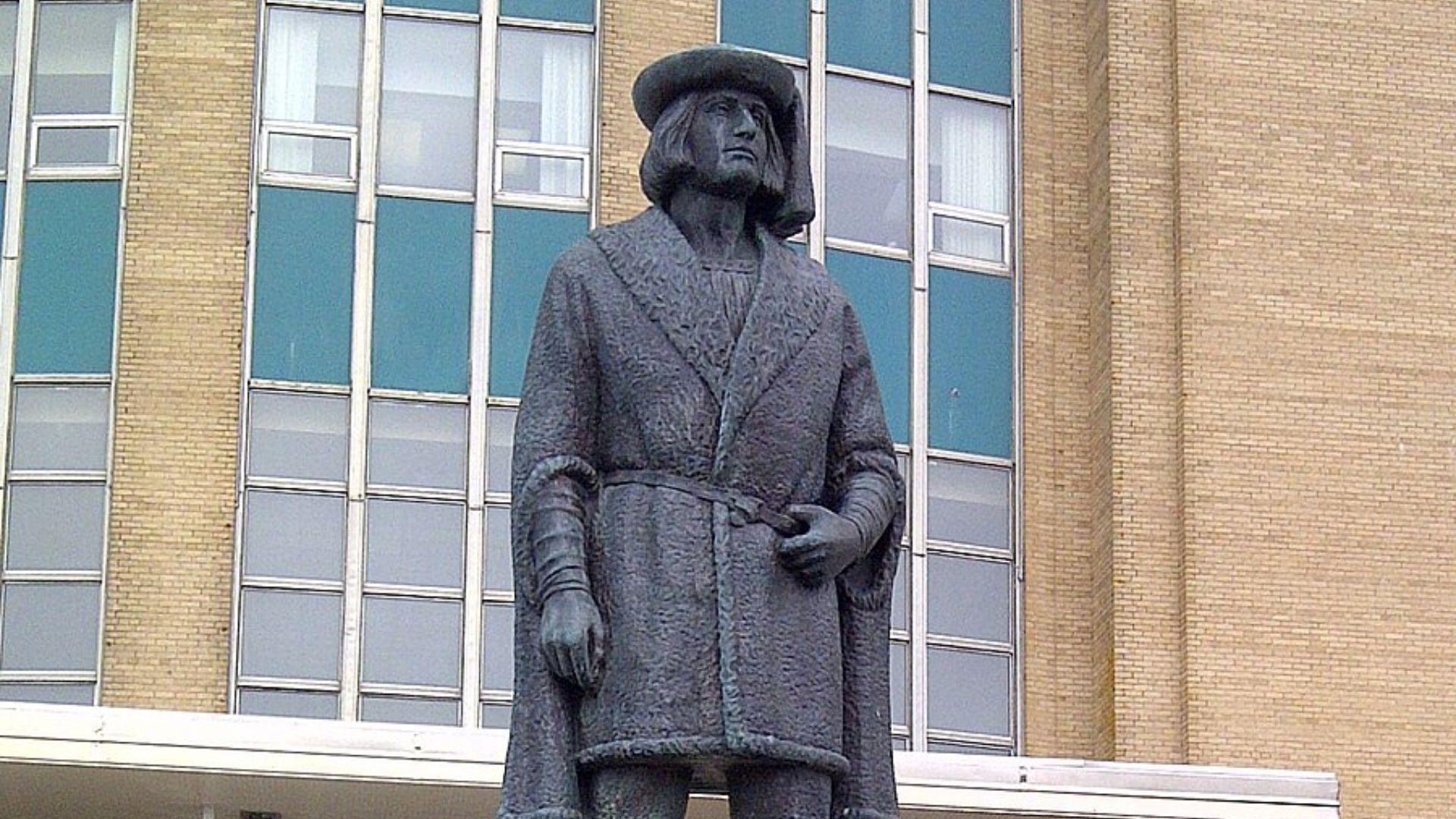
While the discovery of the King Henry VI quarter noble in Newfoundland is significant, CBC News reports that Paul Berry, who worked with the team analyzing the coin, suggests it may not have been in circulation at the time it was lost.
The coin could have belonged to a collection brought to North America by someone arriving after Cabot’s expedition, introducing new perspectives on the timeline.
The Enigma of the Newfoundland Coin

The discovery of the King Henry VI quarter noble in Newfoundland is shrouded in mystery. Brake points out to CBC News, “Between England and here, people over there were not yet aware of Newfoundland or North America at the time that this was minted.”
The coin’s unexpected presence raises many questions, as Brake notes, “It’s difficult to explain at this point why it’s there, who dropped it. It’s not the sort of thing that you’d expect to be hanging out of the pockets of migratory fishers.”


